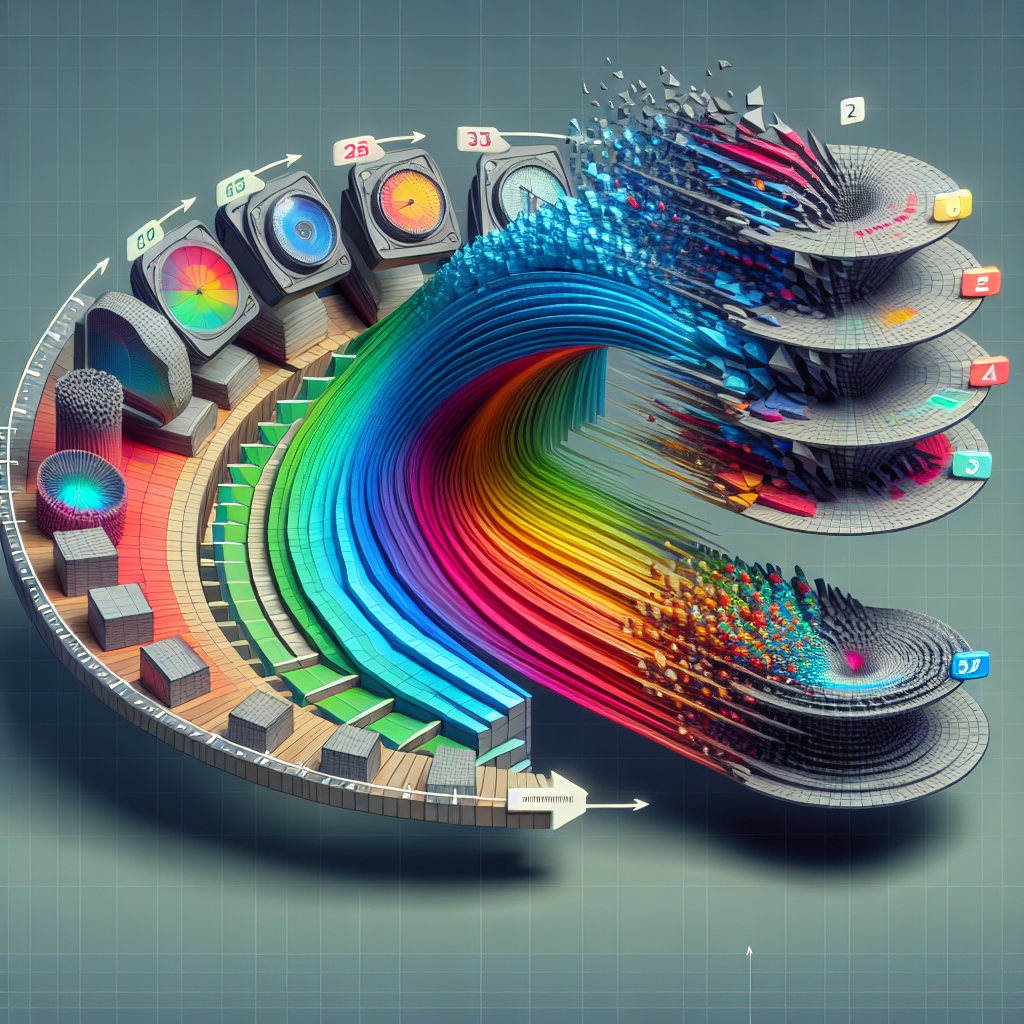-
Table of Contents
- InstantMesh Converts 2D Images to 3D Objects Rapidly
- Understanding InstantMesh and Its Technology
- Applications of 2D to 3D Conversion
- Case Studies Highlighting InstantMesh’s Impact
- Case Study 1: Video Game Development
- Case Study 2: Rapid Prototyping in Manufacturing
- Benefits of Using InstantMesh
- Future Prospects and Developments
- Conclusion
InstantMesh Converts 2D Images to 3D Objects Rapidly

The evolution of technology has paved the way for remarkable advancements in the field of digital imaging and 3D modeling. One of the most groundbreaking developments in recent years is the ability to convert 2D images into 3D objects quickly and efficiently. This technology, spearheaded by tools like InstantMesh, is revolutionizing industries ranging from entertainment to manufacturing. In this article, we will explore how InstantMesh works, its applications, and the benefits it brings to various sectors.
Understanding InstantMesh and Its Technology
InstantMesh is a sophisticated tool designed to transform 2D images into 3D models. This technology leverages algorithms that analyze the pixels in 2D images and extrapolate depth, creating a three-dimensional mesh. The process involves several technical steps:
- Image Analysis: InstantMesh first analyzes the 2D image to understand its geometry and texture.
- Mesh Generation: It then uses this information to generate a mesh, which is a collection of vertices, edges, and faces that define the shape of the 3D object.
- Refinement: The initial mesh is refined to improve accuracy and detail, ensuring that the final product is as close as possible to the intended design.
The technology behind InstantMesh is built on advanced mathematical models and computer graphics techniques, which allow it to process images rapidly without significant loss of detail.
Applications of 2D to 3D Conversion
The ability to convert 2D images to 3D objects has a wide range of applications across various industries:
- Entertainment and Media: In the film and video game industries, this technology allows for the quick creation of 3D models from concept art, speeding up the production process.
- Manufacturing: Companies can use 2D sketches to quickly generate 3D prototypes for products, facilitating faster product development cycles.
- Healthcare: Medical imaging can be enhanced by converting 2D X-ray images into 3D models, providing better visualization for diagnosis and treatment planning.
- Architecture: Architects can convert sketches into 3D models of buildings and structures, allowing for a more interactive and detailed planning process.
Each of these applications demonstrates the versatility and utility of InstantMesh in professional settings.
Case Studies Highlighting InstantMesh’s Impact
To better understand the practical impact of InstantMesh, let’s examine a few case studies:
Case Study 1: Video Game Development
A leading video game developer used InstantMesh to convert concept art into 3D models for an upcoming game. This process allowed the team to visualize game characters and environments much faster than traditional modeling methods. The result was a shorter development cycle and earlier market entry, which provided a competitive advantage.
Case Study 2: Rapid Prototyping in Manufacturing
A consumer electronics company implemented InstantMesh to transform 2D design sketches into 3D prototypes for a new product. This application of the technology significantly reduced the time and cost associated with prototype development, enabling quicker feedback and iterations.
Benefits of Using InstantMesh
The adoption of InstantMesh technology offers several benefits:
- Efficiency: Rapid conversion from 2D to 3D accelerates the design and production processes.
- Cost Reduction: Decreases the need for manual labor in the modeling process, reducing overall project costs.
- Improved Accuracy: Provides high fidelity 3D models that closely replicate the original 2D designs.
- Enhanced Creativity: Allows designers and artists to quickly experiment with different 3D interpretations of their 2D ideas.
These benefits highlight why InstantMesh is becoming a tool of choice for professionals across various industries.
Future Prospects and Developments
Looking forward, the technology behind InstantMesh is expected to continue evolving. Future enhancements may include improved AI algorithms for better image understanding and mesh generation, integration with virtual and augmented reality platforms, and more streamlined user interfaces. As these advancements unfold, the potential applications and benefits of InstantMesh will expand even further.
Conclusion
InstantMesh represents a significant leap forward in the field of digital imaging and 3D modeling. By enabling rapid conversion of 2D images to 3D objects, it offers enhanced efficiency, reduced costs, and greater creative freedom across multiple industries. As technology progresses, we can anticipate even broader uses and improvements, making InstantMesh an even more invaluable tool in the digital age. The future of 3D modeling is here, and it is more accessible and versatile than ever before.
In conclusion, whether you are a game developer, a product designer, or a medical professional, InstantMesh provides a powerful solution for bringing two-dimensional concepts to three-dimensional life. Its continued development will undoubtedly unlock new possibilities and redefine what is achievable in digital design and beyond.

